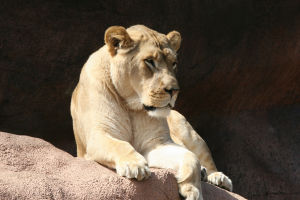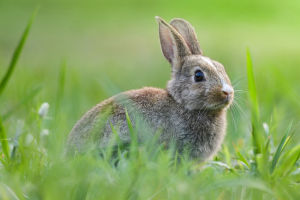Dragonflies are among nature’s most captivating and colorful creatures, often likened to flying jewels due to their stunning appearance and extraordinary agility.
Let’s take a deeper look at what makes dragonflies so fascinating, from their vibrant hues to their intricate wings and unique flight abilities!
1. The Radiant Colors of Dragonflies
Dragonflies are adorned with a stunning palette of colors, including metallic blues, emerald greens, fiery reds, and warm yellows, each hue adding to their jewel-like appearance. Unlike many other creatures, dragonflies achieve these colors not only through pigmentation but also through structural coloration, where microscopic layers in their exoskeleton refract and reflect light, creating a mesmerizing iridescent effect.
2. Wing Structure and Unique Design
Dragonflies have a distinctive wing structure, featuring two pairs of wings that they can control independently, setting them apart from most other insects. The wings are strengthened by a network of delicate veins that add both flexibility and durability, enabling them to maneuver skillfully in the air and withstand various wind conditions as they hover, dart, and glide effortlessly.
3. Flight Patterns and Agility
Dragonflies are exceptional flyers, capable of hovering, flying backward, and even making sharp turns mid-air. Their flying skills come from their independently controlled wings, which enable them to catch prey with impressive accuracy and speed. They can reach speeds of up to 30 miles per hour!
4. A Master of Hunting Techniques
Dragonflies are exceptional hunters, often catching their prey mid-flight with a technique that involves their legs forming a net-like shape around their target. As primarily insectivorous creatures, they feed on mosquitoes, flies, and other small insects, capturing them with such accuracy that they have a hunting success rate of over 95%.
5. Lifecycle and Metamorphosis
The lifecycle of a dragonfly is unique, as they spend most of it as aquatic nymphs living underwater, where they hunt small aquatic organisms. After months or even years in this stage, they undergo metamorphosis to emerge as adults with wings. This transformation allows them to become graceful aerial acrobats.
6. Dragonflies as Indicators of Ecosystem Health
Dragonflies rely on clean, unpolluted freshwater environments to thrive, making them important indicators of ecosystem health. Since they are sensitive to pollution and habitat changes, their presence or absence can reveal a lot about the state of their habitats. Healthy populations of dragonflies in an area often signify well-maintained water bodies, and their decline can indicate ecological imbalance or pollution.
7. Cultural Significance and Symbolism
Throughout history and across cultures, dragonflies have held symbolic meanings, representing transformation, adaptability, and joy. In Japanese art and folklore, dragonflies symbolize courage and strength, while Native American traditions view them as symbols of renewal, speed, and purity.
Dear Lykkers! Dragonflies are truly one of nature’s most remarkable creatures, combining vibrant beauty with exceptional flying skills. Next time you see one darting over a pond or gliding gracefully in the air, take a moment to appreciate the wonder of these tiny, living jewels!


